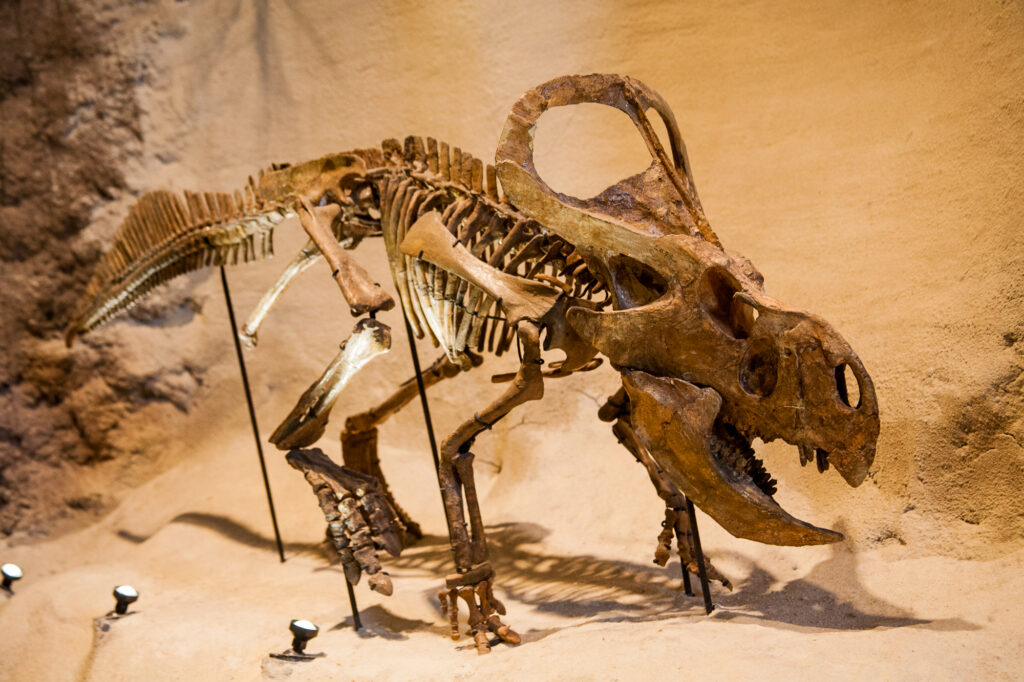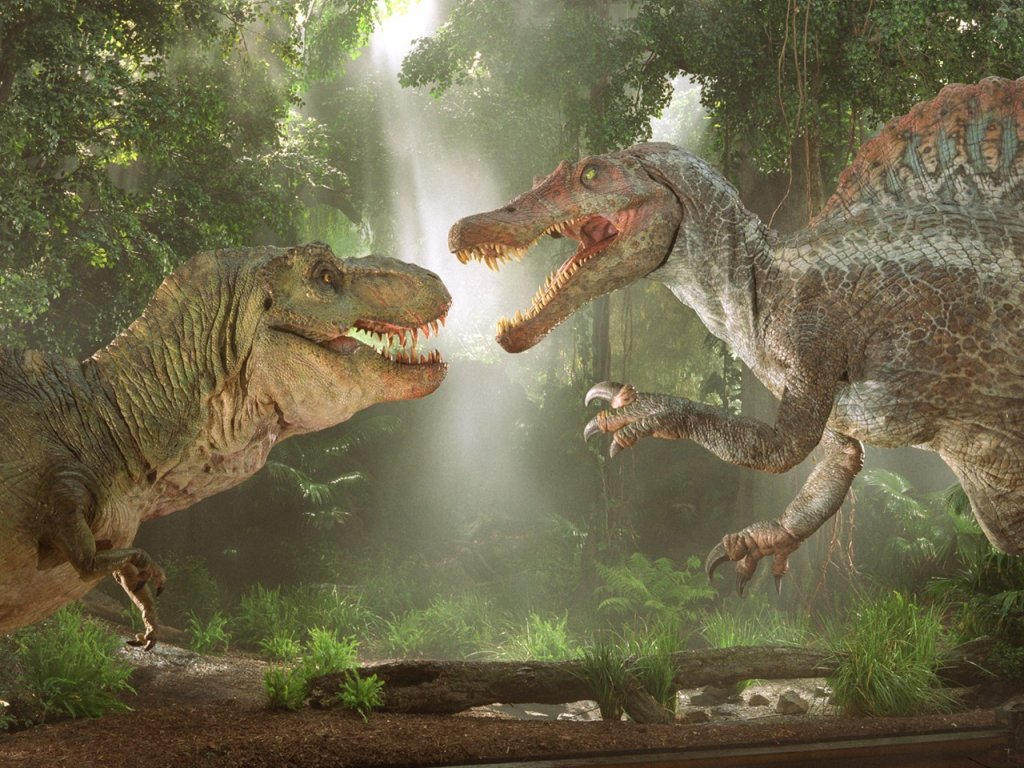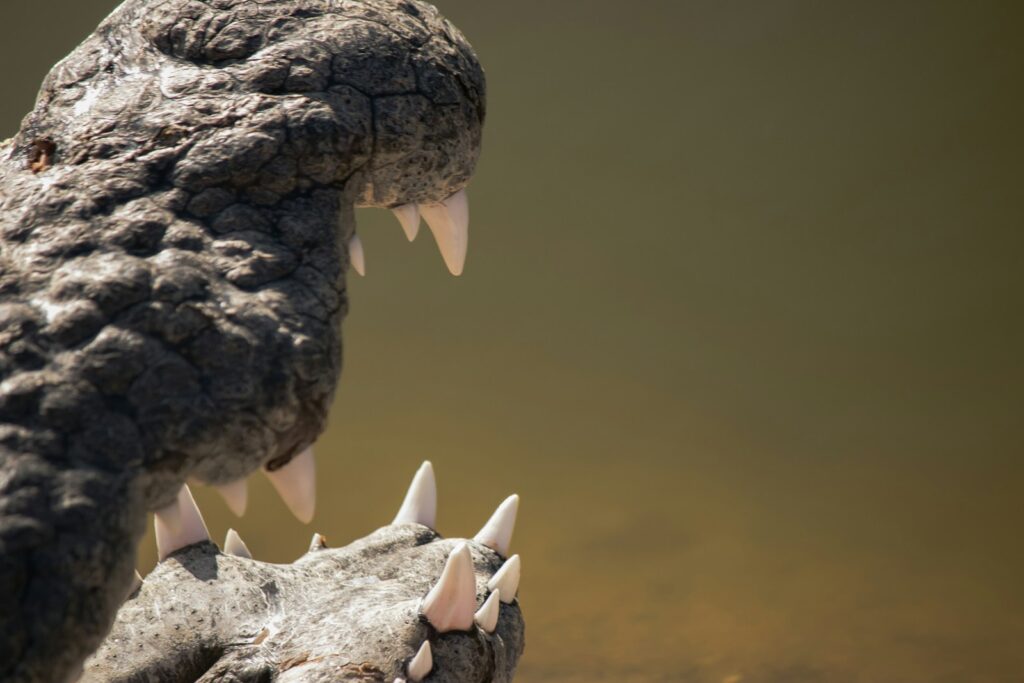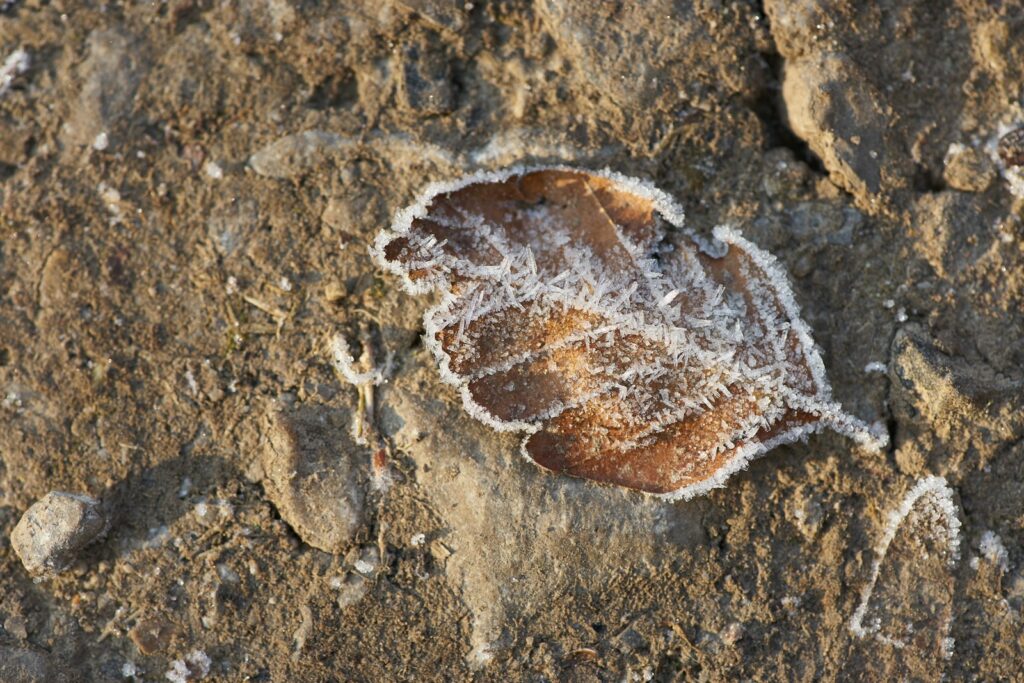Nestled in the heart of the Canadian Badlands, the Royal Tyrrell Museum stands as a testament to our planet’s ancient past, bringing prehistoric life into vivid focus for modern-day visitors. Located in Drumheller, Alberta, this world-renowned paleontological institution houses one of the largest displays of dinosaur skeletons globally, with over 160,000 individual specimens in its collection. Named after Joseph Burr Tyrrell, who discovered the first dinosaur remains in the region in 1884, the museum combines scientific research with public education to create an immersive journey through 3.9 billion years of Earth’s history. From towering T. rex skeletons to microscopic microfossils, the Royal Tyrrell Museum transforms fossil fantasies into tangible encounters with prehistoric reality, inviting visitors of all ages to walk among the shadows of creatures long extinct but vividly preserved in stone.
The Badlands: A Paleontologist’s Paradise

The Canadian Badlands surrounding Drumheller create an otherworldly landscape that serves as the perfect backdrop for dinosaur discoveries. Carved by ancient rivers and glacial meltwaters, these striking striped hills and hoodoos expose layers of sedimentary rock dating back 70-75 million years to the Late Cretaceous period. This geological wonderland has yielded one of the richest fossil beds on Earth, with new specimens continuously emerging from the eroding landscape. The region’s unique properties allowed for exceptional fossil preservation, creating what scientists call a “dinosaur graveyard” where entire ecosystems were entombed in stone. Visiting the museum within this context adds a profound dimension to the experience, as the very land outside the building’s walls continues to reveal prehistoric secrets that have remained hidden for millions of years.
The Museum’s Remarkable Origin Story

The Royal Tyrrell Museum’s journey from concept to world-class institution reflects Alberta’s commitment to preserving its paleontological heritage. Initially established as a field station in 1985, the museum was born from the province’s recognition that its fossil resources deserved a dedicated research and exhibition facility. The Canadian government invested $30 million in creating a space that would not only showcase fossils but actively contribute to paleontological research. Named after Joseph Burr Tyrrell, a geologist who stumbled upon a dinosaur skull while searching for coal deposits in 1884, the museum honors the accidental discovery that launched Alberta’s dinosaur fame. This skull, belonging to Albertosaurus sarcophagus, represented the first major dinosaur find in the region and signaled the incredible fossil wealth beneath Alberta’s surface. The museum received its “Royal” designation in 1990, a rare honor bestowing recognition of its international significance.
Preparation Lab: Where Fossils Find New Life
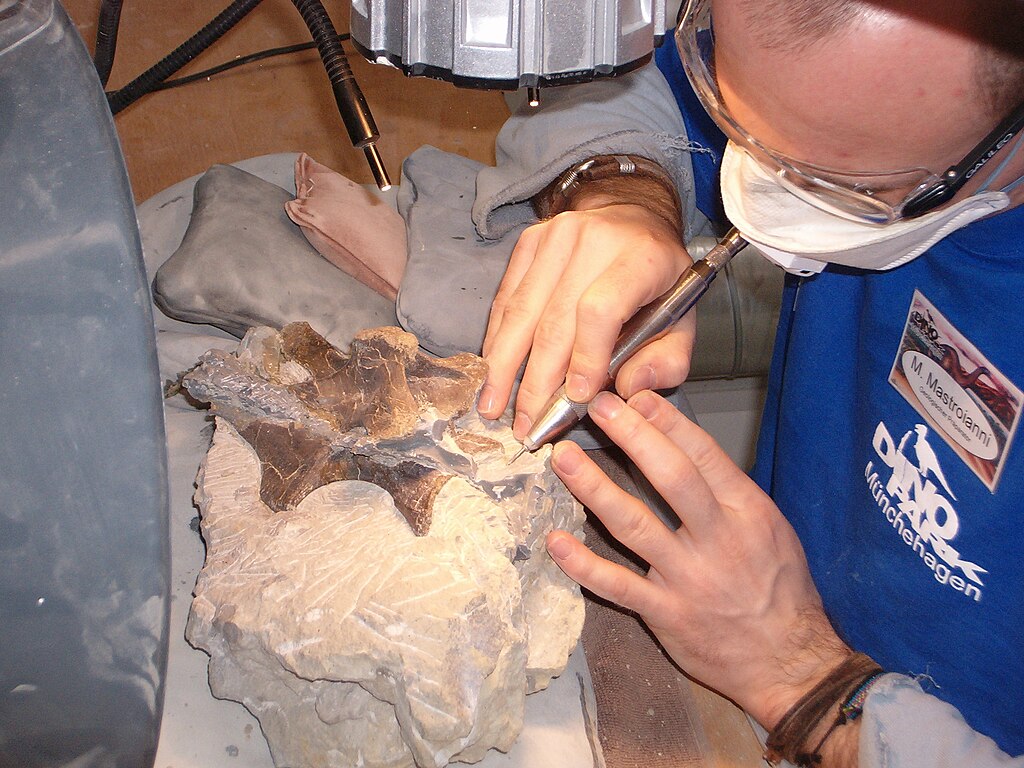
One of the museum’s most fascinating features is its visible preparation laboratory, where visitors can witness the meticulous work of extracting fossils from their rocky tombs. Behind large glass walls, technicians use specialized tools ranging from pneumatic engravers to dental picks and even acid baths to free ancient bones from surrounding matrix. This painstaking process can take thousands of hours for a single specimen, with some complex fossils requiring years of preparation before they’re ready for scientific study or display. The visible lab serves as both education and entertainment, revealing the bridge between field discovery and museum exhibition. Visitors frequently express awe at witnessing this scientific detective work in real-time, observing as technicians gradually expose fossils that have remained hidden for millions of years. The preparation lab embodies the museum’s commitment to transparency in the scientific process, demonstrating that paleontology combines artistic precision with scientific methodology.
Dinosaur Hall: Titans of the Mesozoic
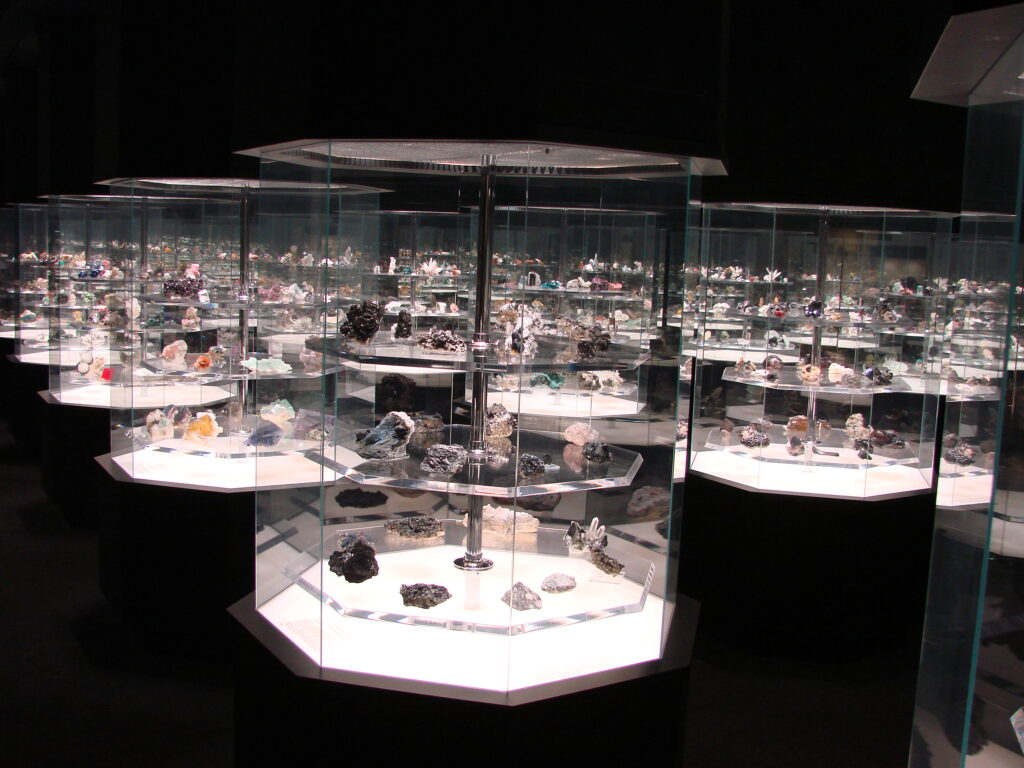
The crown jewel of the Royal Tyrrell Museum is undoubtedly its breathtaking Dinosaur Hall, where visitors come face-to-face with some of the most complete dinosaur skeletons ever discovered. The hall features over 40 mounted dinosaur specimens, including the museum’s iconic Albertosaurus family grouping – representing a rare discovery of multiple individuals from the same species found together. Perhaps most impressive is “Black Beauty,” a remarkably complete Tyrannosaurus rex skeleton whose bones were preserved with a distinctive dark mineral coloration, making it one of the most visually striking T. rex specimens in the world. The specimens are arranged chronologically, allowing visitors to trace dinosaur evolution through the Triassic, Jurassic, and Cretaceous periods. The hall’s thoughtful design places skeletons in dynamic poses based on current scientific understanding of how these animals moved and behaved, bringing static bones to life through scientifically informed imagination.
Beyond Dinosaurs: Life Through Time
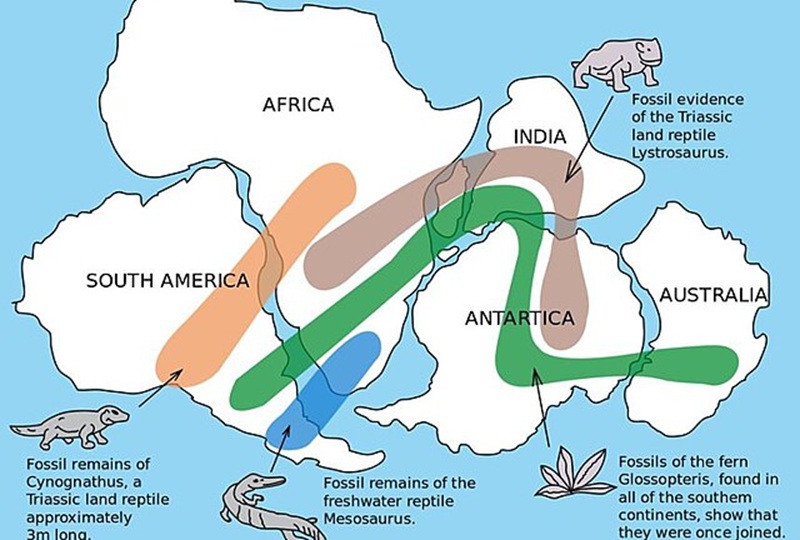
While dinosaurs may be the star attraction, the Royal Tyrrell Museum excels at telling Earth’s complete evolutionary story across its numerous galleries. The “Foundations” exhibit takes visitors back to the earliest evidence of life, showcasing rare Precambrian fossils including stromatolites that date back 3.5 billion years. The Paleozoic gallery highlights bizarre creatures from the Burgess Shale, preserving soft-bodied organisms from the Cambrian Explosion approximately 508 million years ago when complex life dramatically diversified. Moving forward in time, the museum explores marine reptiles that ruled ancient oceans, massive mammals that emerged after the dinosaurs’ extinction, and even Alberta’s more recent Ice Age inhabitants including woolly mammoths and saber-toothed cats. This comprehensive approach places dinosaurs within their proper evolutionary context, demonstrating that they represent just one fascinating chapter in Earth’s biological history.
Fossils in Focus: The Museum’s Most Extraordinary Specimens

Among the thousands of specimens housed at the Royal Tyrrell Museum, several stand out for their scientific significance and visitor appeal. The “Borealopelta markmitchelli” specimen represents one of paleontology’s most remarkable finds – an armored nodosaur so perfectly preserved that its skin, scales, and even stomach contents remain intact after 110 million years. Discovered by an oil sands miner in northern Alberta in 2011, this dinosaur effectively appears “mummified” and provides unprecedented insights into dinosaur appearance and biology. Another standout is “Devil Coulee,” Canada’s first discovered dinosaur nesting site, featuring rare fossilized eggs and embryos of duck-billed dinosaurs that prove these species returned to specific nesting grounds. The museum also proudly displays the “Albertonykus borealis,” a chicken-sized alvarezsaurid discovered in 2005 that represents the first member of its family found in North America, demonstrating Alberta’s continued significance in revealing new dinosaur species.
Scientific Research: More Than Just a Museum
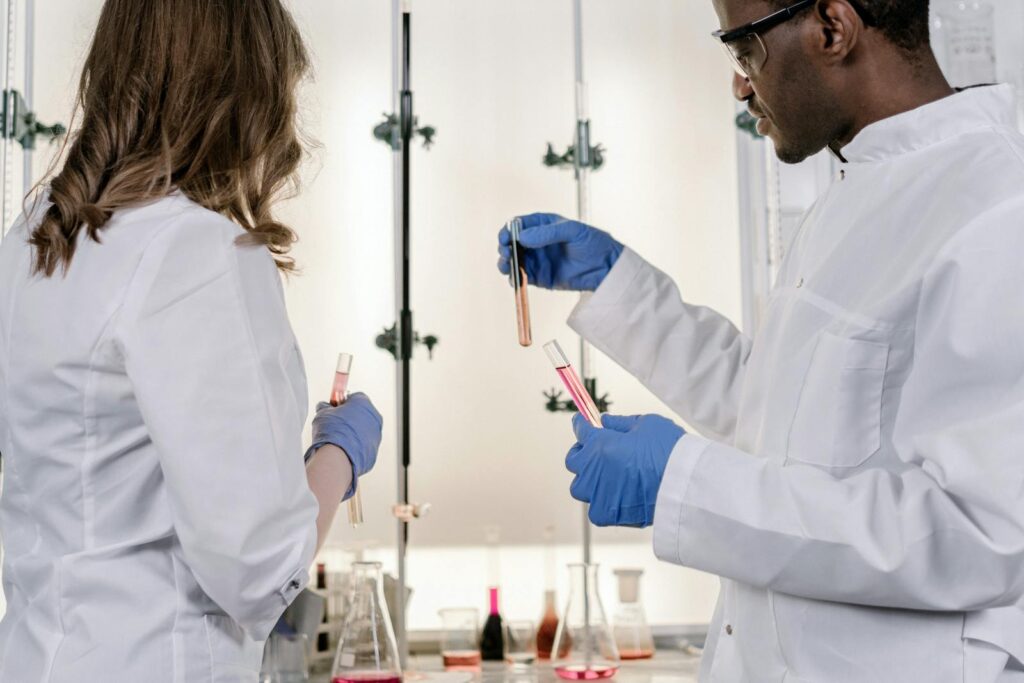
Behind the public exhibitions, the Royal Tyrrell Museum functions as a serious research institution making significant contributions to paleontological science. The museum employs a team of distinguished paleontologists who conduct fieldwork throughout Alberta and beyond, publish in leading scientific journals, and collaborate with researchers worldwide. The institution’s collection rooms house over 160,000 cataloged specimens, many never displayed publicly but vital for scientific study. Recent research breakthroughs include identifying new species of horned dinosaurs, analyzing dinosaur skin impressions to determine coloration patterns, and using isotope analysis to track prehistoric animal migration patterns. The museum’s scientists also employ cutting-edge technologies like CT scanning and 3D printing to study fossils non-destructively and create research replicas. This dual identity as both public museum and scientific research center ensures the Royal Tyrrell remains at the forefront of paleontological discovery while making science accessible to everyone.
Bringing Prehistory to Life: Interactive Exhibits
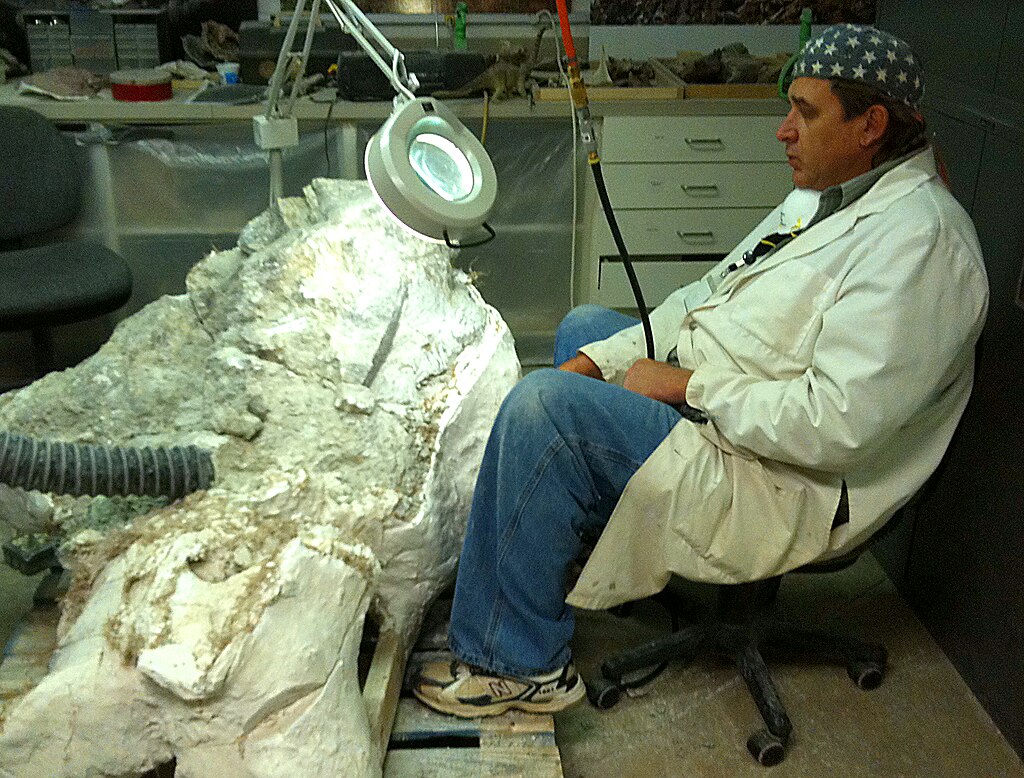
The Royal Tyrrell Museum excels at creating engaging experiences that transform passive observation into active learning through carefully designed interactive elements. The “Cretaceous Alberta” diorama recreates a Late Cretaceous ecosystem with startlingly realistic models of dinosaurs in a meticulously researched environmental setting, complete with ambient sounds and lighting effects that simulate a day-night cycle. Young visitors gravitate toward the “Dig Experience,” where they can uncover replica fossils in a controlled excavation pit using authentic paleontological tools and techniques. The museum’s augmented reality stations allow visitors to point devices at certain fossils and watch as the creatures are digitally fleshed out and animated, providing a scientifically informed glimpse of how these animals might have appeared and moved in life. Touch screens throughout the galleries provide deeper dives into specific topics, allowing visitors to customize their learning experience based on personal interests and curiosity levels.
Learning Programs: Educating Future Paleontologists
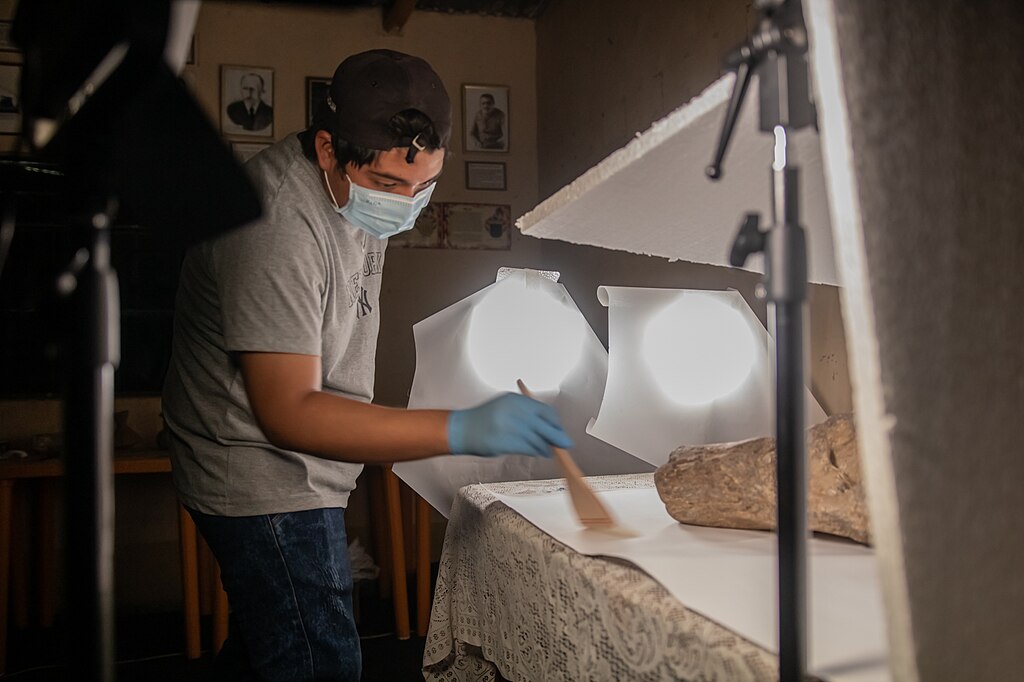
Education forms a core pillar of the Royal Tyrrell Museum’s mission, with comprehensive programming designed for learners of all ages. The museum offers curriculum-based school programs reaching over 100,000 students annually, with specially designed lessons for every grade level from kindergarten through university. Summer dinosaur camps allow children to experience paleontology firsthand through mock excavations, fossil preparation, and hands-on science activities. For adults, the museum provides multi-day field experiences where participants join real paleontological expeditions under expert guidance, learning excavation techniques while potentially contributing to actual scientific discoveries. Distance learning programs utilizing videoconferencing technology extend the museum’s educational reach globally, connecting classrooms worldwide with museum educators and specimens. The institution also trains the next generation of paleontologists through internship opportunities and partnerships with universities, creating pathways for students to enter the field professionally.
Outdoor Explorations: Dinosaur Trail and Fossil Hikes
The museum experience extends beyond its walls into the surrounding badlands landscape through guided outdoor programs that connect visitors directly with the fossil-rich environment. The “Badlands Interpretive Trail” takes visitors on a 1.4-kilometer journey through the striking terrain, with informational signs explaining how these geological features formed and why they’re ideal for fossil preservation. More adventurous visitors can join guided “Fossil Safari” hikes led by museum paleontologists who teach participants to spot fossil evidence in the landscape while explaining the geological history of different rock layers. The museum also maintains the “Dinosaur Trail Scenic Drive,” a 48-kilometer route connecting major paleontological sites in the region with interpretive stops at key viewpoints. During summer months, visitors can observe active fossil excavations at designated public sites where museum paleontologists work to recover new specimens from the constantly eroding badlands, providing a rare glimpse into the field research that supplies the museum’s collections.
Conservation Challenges: Preserving Paleontological Heritage

The Royal Tyrrell Museum faces significant challenges in balancing public access to fossils with preservation requirements and scientific integrity. Alberta’s provincial laws designate all vertebrate fossils as Crown property, requiring permits for their collection and making the museum responsible for preserving specimens found throughout the province. This legal framework helps combat fossil poaching and illegal trading, which threaten scientific understanding by removing specimens from their context without proper documentation. The museum employs sophisticated conservation techniques to preserve fragile fossils, including climate-controlled storage facilities that maintain specific temperature and humidity levels to prevent degradation. For particularly vulnerable specimens, museum conservators create detailed replicas for display purposes while securing originals in research collections. The institution also educates the public about ethical fossil collecting through visitor programs explaining why amateur collectors should report significant finds rather than removing them, helping transform potential fossil collectors into citizen scientists who contribute to paleontological knowledge rather than diminishing it.
Global Impact: A Museum of International Significance
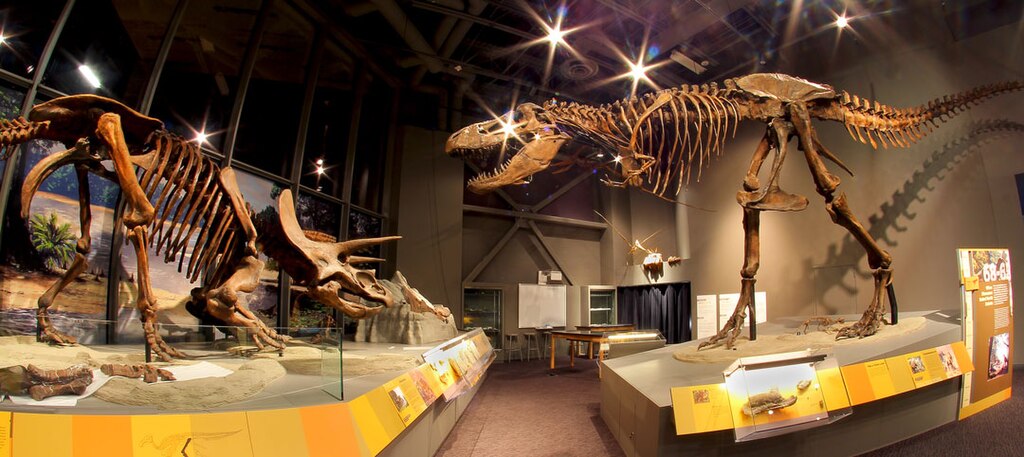
Though firmly rooted in Alberta’s landscape, the Royal Tyrrell Museum has established itself as a paleontological institution of global importance and influence. The museum regularly hosts visiting researchers from international institutions who travel to Drumheller specifically to study its world-class collections. Museum paleontologists participate in expeditions worldwide, from Mongolia’s Gobi Desert to Argentina’s Patagonia region, building global knowledge networks and comparative collections. The institution’s publications appear in prestigious scientific journals, with discoveries regularly making international headlines and reshaping our understanding of prehistoric life. As a model for combining research with public education, the Royal Tyrrell has inspired similar institutions globally, with museum staff frequently consulting on exhibition design and collection management for emerging paleontological museums. The museum’s international reputation draws over 400,000 visitors annually from more than 150 countries, making it both a scientific powerhouse and a significant driver of tourism for Alberta’s economy.
Planning Your Visit: Making the Most of the Experience
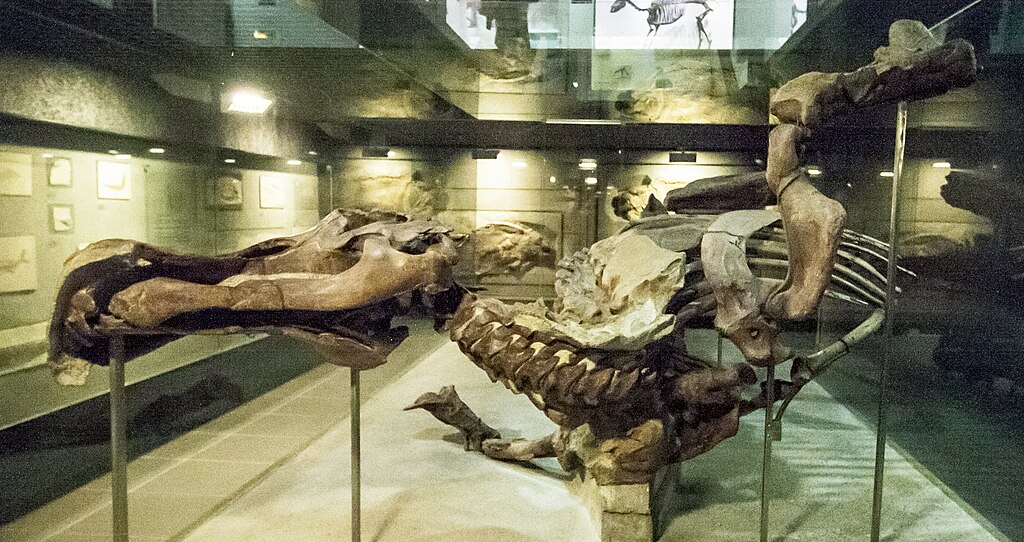
Visitors planning a trip to the Royal Tyrrell Museum can optimize their experience with strategic preparation and timing. The museum’s peak season runs from May through September, with July and August seeing the heaviest crowds; those seeking a quieter experience might consider visiting during shoulder seasons or weekday mornings. A comprehensive visit typically requires 3-4 hours to fully appreciate all galleries, though many enthusiasts dedicate an entire day to explore both indoor exhibits and outdoor trails. The museum offers free smartphone audio guides in multiple languages that provide deeper context for major exhibits, along with guided tours at scheduled times throughout the day. Families with children should allocate time for the interactive Dinosaur Hall and Learning Lounge areas where hands-on activities engage young paleontologists. Visitors are encouraged to bring appropriate footwear and sun protection if planning to explore the outdoor interpretive trails, as the badlands landscape offers limited shade and can feature uneven terrain. Combining the museum visit with other nearby attractions like Horseshoe Canyon or the Atlas Coal Mine creates a comprehensive Drumheller experience that showcases both natural and human history in this unique region.
Conclusion
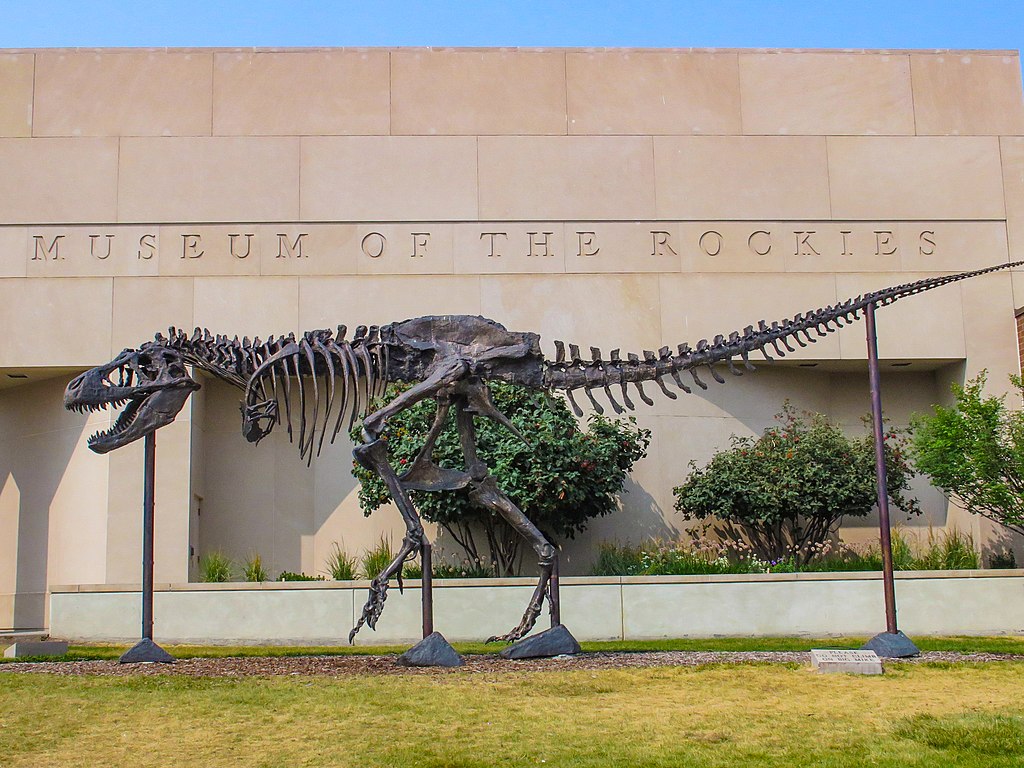
The Royal Tyrrell Museum stands as more than just a collection of ancient bones – it represents a dynamic bridge between Earth’s distant past and our present understanding of life’s evolution. Through its combination of scientific rigor, educational innovation, and immersive exhibits, the museum transforms fossilized remains into windows through which we glimpse vanished worlds. For visitors young and old, the experience of standing beneath the towering skeletons of creatures that dominated our planet millions of years ago creates a profound sense of time’s vastness and life’s remarkable adaptability. As the badlands continue to yield new discoveries and scientific techniques reveal previously unimaginable details about prehistoric life, the Royal Tyrrell Museum remains at the forefront of bringing these fossil fantasies to life, reminding us that the greatest stories on Earth are written not in books, but in stone.

